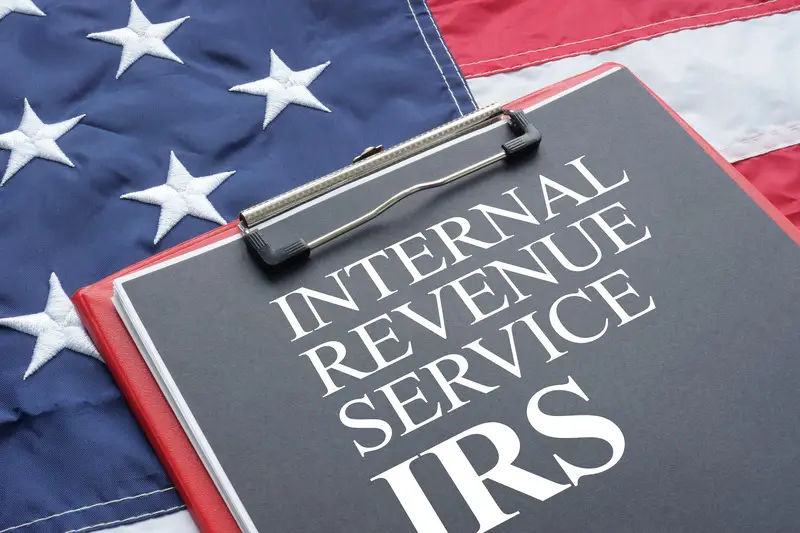About 22,000 Internal Revenue Service employees have opted for the Trump administration’s “deferred resignation” plan, according to sources familiar with the situation. This mass departure, along with prior resignations and layoffs, could weaken the agency’s tax collection capabilities as it undergoes unprecedented staffing cuts.
The IRS employed around 100,000 staff members when President Trump began his current term in January. Since then, approximately 5,000 workers have resigned, and an additional 7,000 probationary employees were laid off, although these layoffs are being challenged in court. If all workforce reductions proceed, the agency could see its staff reduced by about one-third this year.
Employees who accept the deferred resignation deal will remain on paid administrative leave until September before officially departing their federal roles. Some employees initially accepting the offer may still withdraw their resignations.
According to Federal News Network, the IRS intends to cut its workforce by up to 40% once its reduction-in-force efforts are finalized, potentially reducing the agency’s total headcount to between 60,000 and 70,000. An internal memo obtained by media outlets outlines the details of this substantial downsizing.
The workforce reduction will occur in two phases. Initial cuts will focus on specific departments, including the Taxpayer Experience Office, Transformation Strategy Office, Online Services Office, and Office of Civil Rights. In the second phase, significant reductions will also impact the taxpayer services and compliance divisions.
These reductions come as the agency completes the 2025 tax filing season. The timing, coinciding with the April 15 tax deadline, has raised concerns among tax experts about the IRS’s ability to process returns and collect revenue effectively.
The buyouts and layoffs are part of the Trump administration’s broader initiative to reduce the size of the federal government. The White House had anticipated that about 10% of eligible federal workers would accept resignation offers, but the IRS has seen significantly higher participation.
A Treasury Department spokesperson defended the staffing cuts, stating that the number of IRS employees leaving under Trump is “approximately the same” as the number added during the Biden administration. The spokesperson further noted that the rollback of “wasteful Biden-era hiring surges” and consolidating critical support functions are essential for improving efficiency and service quality.
“These staffing reductions are part of larger process improvements and tech innovations that will allow the IRS to operate more effectively and serve the public more efficiently,” the Treasury spokesperson said.
However, fiscal watchdog groups have cautioned that the rapid workforce decrease could impair the agency’s ability to process tax returns and collect revenue, potentially affecting federal income. Some tax experts suggest the Treasury might lose hundreds of billions in tax receipts due to reduced enforcement capabilities.
The IRS has already seen notable leadership departures. Acting IRS Commissioner Melanie Krause resigned in March after two months on the job. Other senior officials, including the chief financial officer, privacy officer, risk officer, and chief of staff, have also left in recent months.
The IRS workforce downsizing is coordinated with the Department of Government Efficiency, led by tech billionaire Elon Musk, which aims to cut costs and reduce the size of federal bureaucracy across multiple agencies.
Federal employees receiving reduction-in-force notices must have at least 60 days’ notice before termination. As of mid-April, reports indicate that only one IRS office had received such notices, suggesting that full implementation of the reduction plan is still in early stages.
Along with personnel changes, the IRS is facing potential disruptions from other initiatives, including a cryptocurrency project affecting its modernization efforts. These combined factors have created a period of significant change and uncertainty for one of the government’s key revenue-generating agencies.
The immediate and long-term effects of these workforce reductions on tax collection, enforcement, and taxpayer services remain to be seen as the IRS navigates this period of substantial organizational change.











